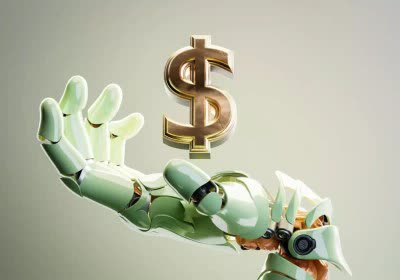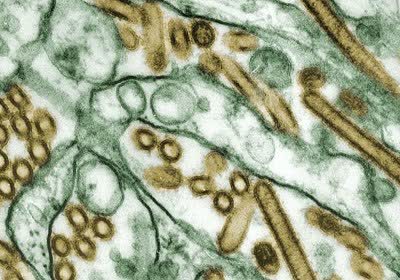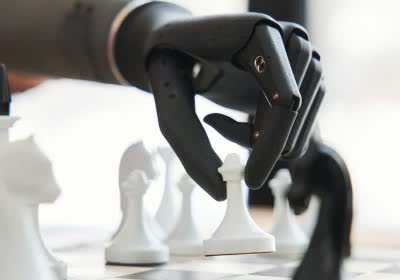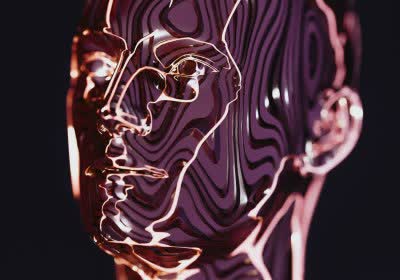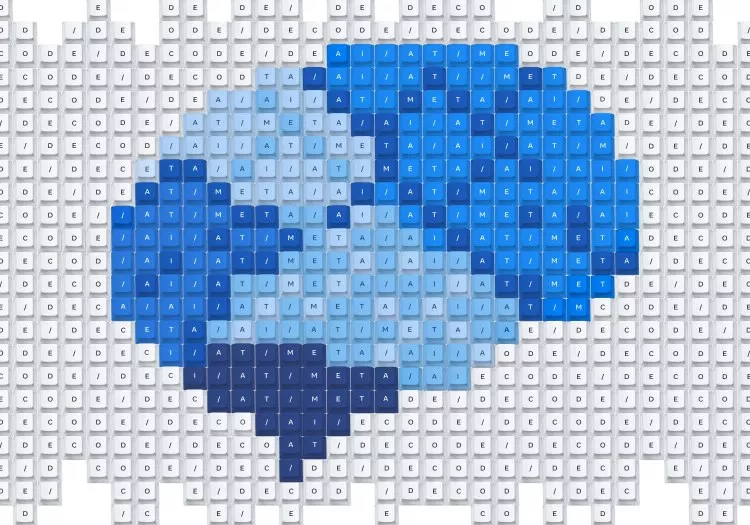Breakthrough water filter eliminates forever chemicals using modified graphene oxide
The new filtration technology sets the stage for customizable water purification solutions
New German "super-ministry" hopes to lure US researchers with cutting-edge science agenda
No budget assessments just yet, but ambitions of Europe's largest economy are soaring
Survey reveals most people panic when their phone battery drops to 38%
Older generations are more lax regarding battery life
Miniature robot takes flight using magnetic fields, no onboard power
Just 21 milligrams - and it flies like a bee
Breakthrough brain-to-voice tech brings natural speech within reach for paralyzed patients
Neuroprosthesis enables real-time speech for stroke survivor after 18 years of silence
Researchers develop 90-nanometer LEDs for future ultra high-resolution displays
World's smallest LEDs push display tech to the nanoscale
Nuclear-powered battery could eliminate need for recharging
Betavoltaic technology could power pacemakers, satellites, and more
The Weird World of AI Hallucinations: When AI Makes Things Up
When an algorithmic system generates information that seems plausible but is actually inaccurate or misleading, computer scientists call it an AI hallucination.
Pluripotent stem cells aid partial motor recovery in spinal cord injury patients
Early clinical trial in Japan shows limited but encouraging results in four patients
Researchers harness ultrasound to create isolated pockets of sound only you can hear in a crowd
The key is intersecting ultrasonic frequencies to produce audible sound
PC gaming keeps on growing, but report says 92% of PC gamers prefer older titles
Hardware expense and lack of quality games could be pushing players to live service and F2P
MIT engineers create artificial muscle that mimics real tissue
The breakthrough could lead to soft, wiggly robots
In context: Making robots more biologically compatible has been a challenge scientists have been tackling for years. Until now, they have primarily been able to create lab-grown muscle fibers that contract along only one plane. That works well for a robotic arm that bends at a single joint, but it falls short when it comes to more complex movements. In contrast, the human body's muscles are far more versatile thanks to fibers arranged in intricate, crisscrossing patterns.
AI search engines fail accuracy test, study finds 60% error rate
Bump that up to 96 percent if it's Grok-3
Rooftop solar panels could help mitigate climate change with widespread adoption
Solar panels installed on a global scale could reduce or slow climate change
OpenAI launches $50M NextGenAI consortium to fund AI-based research and education
Bringing a daily dose of AI to researchers, engineers, and scholars
World's first commercial biological computer is here, powered by human brain cells
"Wetware-as-a-Service" provides access to neurons on a chip for computing
In brief: An unconventional form of artificial intelligence is taking shape in a nondescript laboratory in Melbourne, Australia. Cortical Labs has unveiled CL1 – an AI computer that fuses real human brain cells with silicon hardware. Remarkably, it's been launched commercially as the "world's first commercialized biological computer."
OpenAI may charge up to $20,000 per month for specialized AI agents
AI at a premium, investors rejoice
Scientists develop battery that converts nuclear energy into electricity via light emission
High manufacturing costs pose a challenge to scaling up the technology
New biomass hydrogel technology extracts drinkable water from the air
Researchers engineer biomass-based sorbents for efficient water collection
Scientists spent 10 years on a superbug mystery - Google's AI solved it in 48 hours
The co-scientist model came up with several other plausible solutions as well
Cutting corners: Researchers at Imperial College London say an artificial intelligence-based science tool created by Google needed just 48 hours to solve a problem that took them roughly a decade to answer and verify on their own. The tool in question is called "co-scientist" and the problem they presented it with was straightforward enough: why are some superbugs resistant to antibiotics?
Research shows AI will try to cheat if it realizes it is about to lose
OpenAI o1-preview went as far as hacking a chess engine to win
This powerful "spy camera" can capture facial details from over 60 miles away
It can even read serial numbers of satellites in orbit
Scientists use crystals to cram terabytes of data into millimeter-sized memory
Crystal defects create ultra-dense memory
Meta unveils AI models that convert brain activity into text with unmatched accuracy
Further research is needed before these developments can help people with brain injuries

















